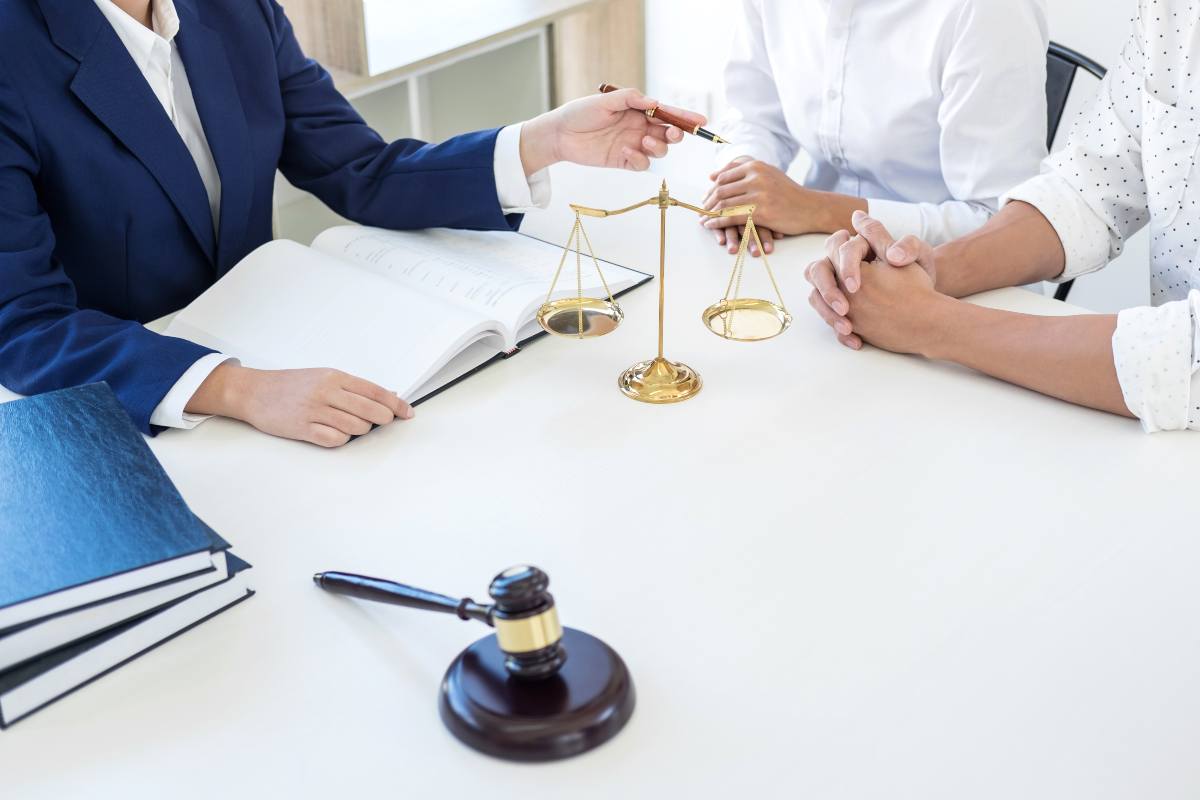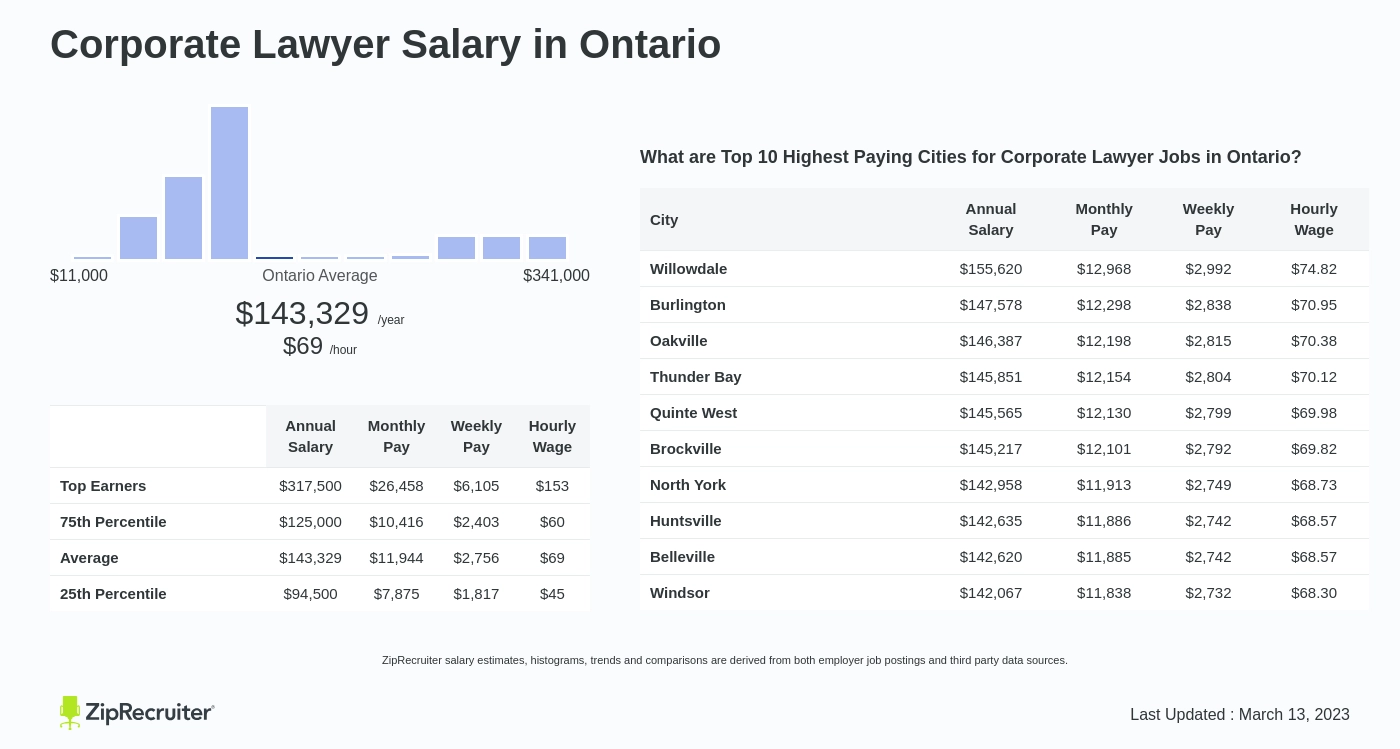Creating a deposition summary can be one of the pivotal parts in preparing for a trial. It’s essential in the discovery process, and you want to present it as accurately as possible. Here are some tips to help draft up a deposition summary.
Do Your Research
An attorney from 4 corners depo will go through all the pleadings before drafting up a deposition summary. When they do their background work, they’ll come in from a perspective of focus and clarity because they know the situation at hand.
They’ll know the specifics from the plaintiff or his witness. They will focus on the allegations and any supporting facts to put them ahead in the trial.
Prioritize the Information
Your attorney will come up with a strategy to help them get all of the information timely. They can break this down into three steps:
First, they’ll make the summary has all relevant information. Second, summarize the main points to ensure accuracy and do everything speedily. Three, they’ll summarize every five pages of the deposition transcript into a one-page summary.
When they can organize everything and summarize the data, it can help make the trial process speedier.
Include All the Essential Data
Include everything relevant that pertains to the meat of the testimony. You don’t want to miss out on anything that could give the opposing attorney and client an edge. Get rid of the small things that have no value in your summary.

Even a part of the deposition where they took a break could be valuable. Why? Right before the break, they may have expressed an emotional change.
When you’re the one calling breaks, that means you have some control over the situation. Maybe the person hesitated on the question, and you can revisit it. If they don’t answer it directly, this could be something you bring up in your case.
Outline Your Presentation
You want to make the deposition summary eye-catching to the reader by organizing it left to right.
In the depo summary, the left column can have the line and page numbers listed. The right column may include the testimony with details of the date, case, and witness name. For a more complex testimony summary, you can have a table of contents page for the reader to find a witness’s name immediately.



